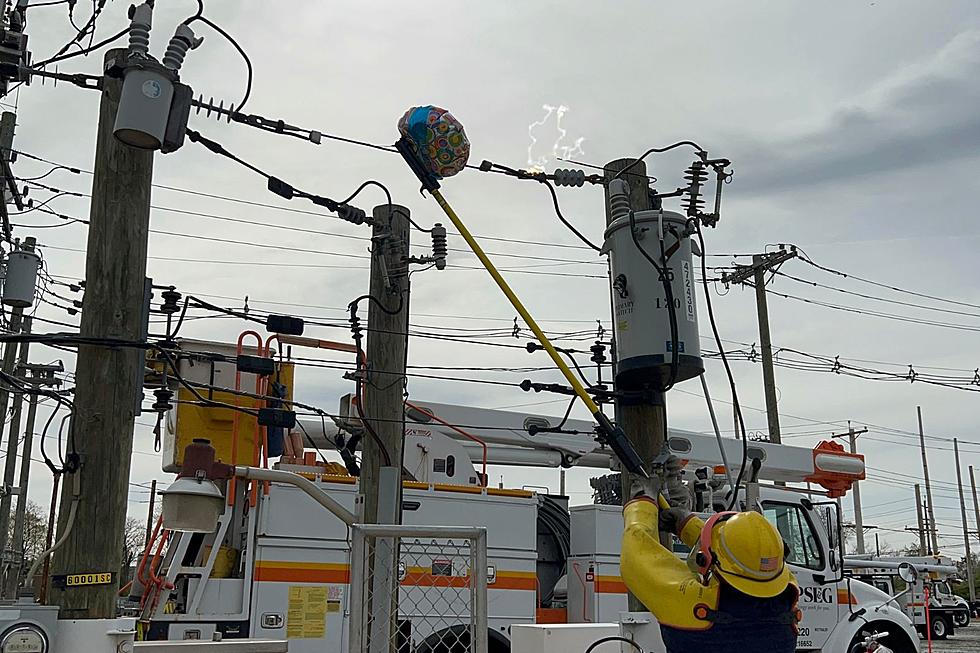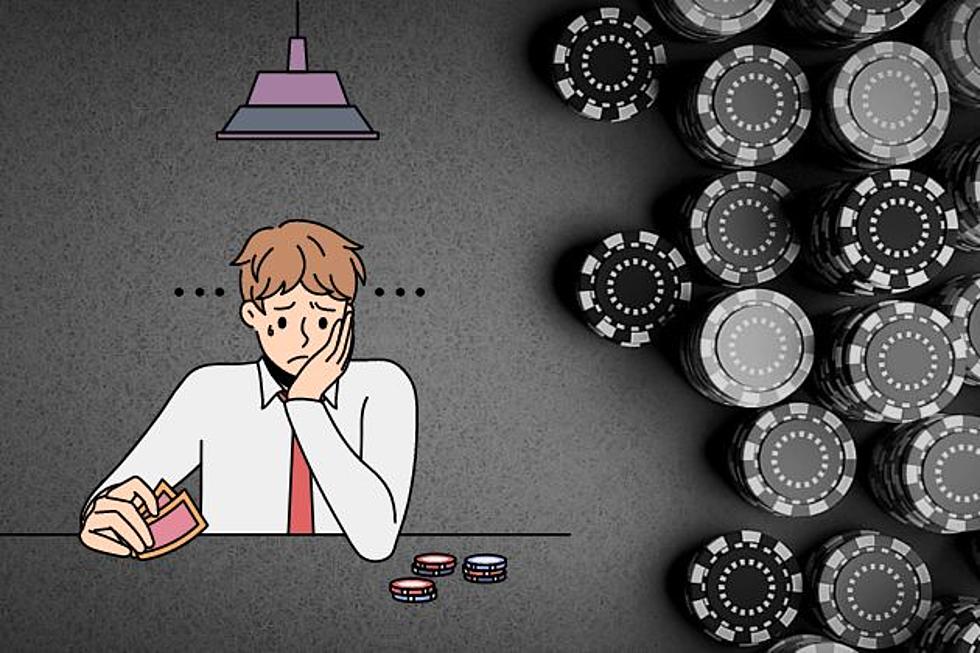
Don’t let Mylar balloons ruin your party this summer in NJ
🎈 June is the most popular month for power outages caused by Mylar balloons
🎈 If a Mylar balloon touches a power line, it can cause an outage or a fire
🎈 Keep balloons properly fastened during outdoor celebrations
This is the time of year when most celebrations take place including graduations, weddings, and Father’s Day.
If you’re having an outdoor celebration be careful with the decorations, especially Mylar balloons which may seem harmless, but if they are flying around, they can go from fun to deadly if they become entangled in power lines.
How can Mylar balloons potentially cause a power outage?
Mylar balloons are made with an aluminum coating that conducts electricity, said Jorge Moya, PSE&G Operations Manager. When these balloons are filled with helium gas, which is lighter than air, the balloons can rise up when they are not properly harnessed, and potentially make contact with low or high-voltage wires.
“This electrical contact can cause a short circuit, or a spark, or a mini explosion which will disrupt the flow of electricity. This will create a fault which will trigger our circuit protection devices to operate and shut the power off,” Moya said.
Sometimes the fault will clear and the circuit will be restored automatically. But Moya said many times the fault will not clear and remain out until first responders and construction crews can repair the damage.
At times the damage is extensive enough that it can sever the wires and create a hazardous condition for the public due to downed wires and/or cause permanent damage to the transformers or other equipment, Moya explained.
What is an example?
There was an incident in Jersey City a few summers ago when 15,000 PSE&G customers lost power for 43 minutes because a Mylar balloon drifted into a substation, causing one of the station’s equipment to catch fire. Moya said this triggered a series of events that led the whole station to shut down.
When is there a spike in reports of Mylar balloons causing power outages?
June is the time of year when utility companies like PSE&G see a spike in power disruptions due to Mylar balloons in comparison to the rest of the year.
Again, Moya said, that’s because of the many celebrations that take place during this month that often require parties and decorations, such as graduations, weddings, and Father’s Day.
If the balloons are tied down, they are not a problem. It’s when they become loose or are let go. That’s when the problems happen, Moya said.
When the celebration is over, the Mylar balloons should be punctured a few times to let the helium out and then disposed of properly.
The average number report of Mylar balloons coming in contact with electric equipment nearly doubles in the month of June.
What should someone do if they see a Mylar balloon tangled in a utility line?
“Do not attempt to remove the balloon or any other items no matter how low it might be on the utility pole, even if you have a stick or an extension pole. You may be exposing yourself to potential electrocution,” Moya said.
Instead, contact your utility provider. While there may not be a power outage at the time, the remnants of the Mylar balloon may be swaying in the wind and at any point, can make contact with an energized device creating an electrical hazard and a power outage.
The utility company will send out a trained professional who will be properly protected and can safely remove the balloon.
“The public and emergency responder should always treat any downed wire from any section on the utility pole as live until it is made safe. A 30-foot distance buffer should always be maintained from any downed wire,” Moya said.
Has there been an increase in outages caused by people using drones?
No, there have not been many drone incidents, but there is a risk with the public or various corporate and governmental agencies flying drones, especially as more and more are being sold, and people are using them more frequently, especially for recreational purposes.
Not there is also a safety risk for the individual flying the drone, but Moya said there’s a safety risk to the public if a drone makes contact with a utility pole or wires.
Drones should be kept at least 200 feet away from power lines and substations so the person operating it has time to maneuver the remote-controlled aircraft away from the electrical equipment.
So, have the celebration, but celebrate safely!
Report a correction 👈 | 👉 Contact our newsroom
NJ's crazy haze, choking smoke, and sinister sky
More From SoJO 104.9 FM










